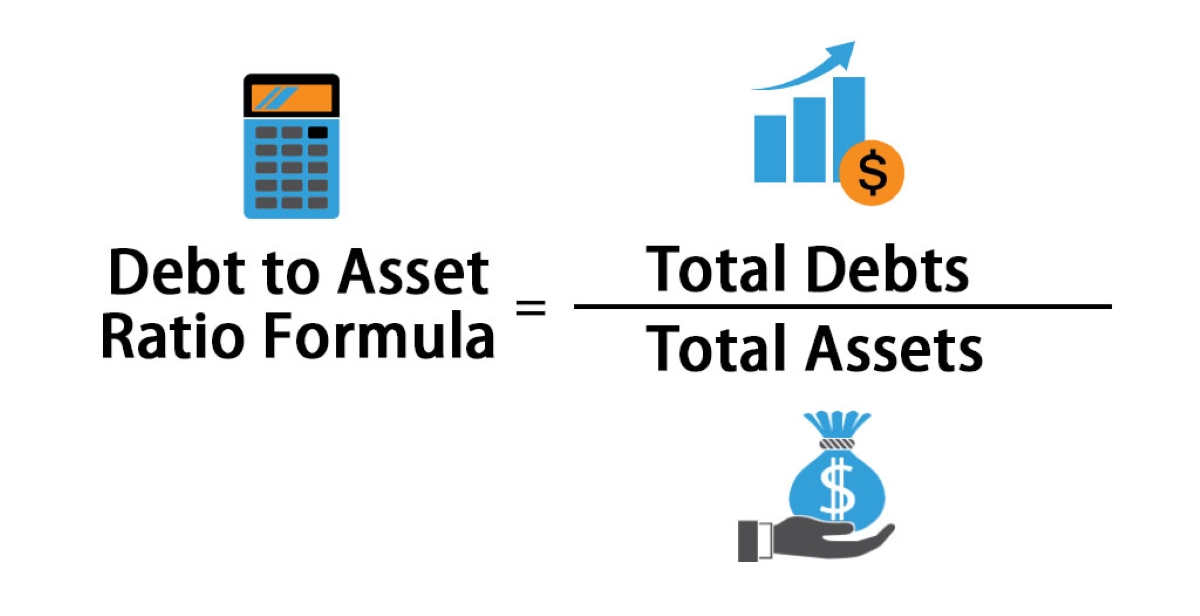Home>Finance>Total Debt-to-Capitalization Ratio: Definition And Calculation


Finance
Total Debt-to-Capitalization Ratio: Definition And Calculation
Modified: February 21, 2024
Learn about the definition and calculation of the Total Debt-to-Capitalization Ratio in the field of finance. Improve your financial knowledge today!
(Many of the links in this article redirect to a specific reviewed product. Your purchase of these products through affiliate links helps to generate commission for LiveWell, at no extra cost. Learn more)
Understanding Total Debt-to-Capitalization Ratio: Definition and Calculation
When it comes to assessing the financial health of a company, one of the key metrics that investors and analysts often turn to is the total debt-to-capitalization ratio. But what does this ratio really mean, and how is it calculated? In this blog post, we’ll dive into the details of this important financial metric and explore its significance in evaluating a company’s financial position.
Key Takeaways:
- The total debt-to-capitalization ratio measures the proportion of a company’s total debt relative to its total capitalization.
- A higher ratio indicates a higher level of financial risk and potential difficulties in meeting debt obligations.
Definition of Total Debt-to-Capitalization Ratio
The total debt-to-capitalization ratio, also known as the debt ratio or financial leverage ratio, is a measure that quantifies the company’s financial leverage by expressing the proportion of a company’s total debt to its total capitalization. It provides insights into how much of a company’s assets are funded by debt as opposed to equity.
The formula to calculate the total debt-to-capitalization ratio is:
Total Debt-to-Capitalization Ratio = Total Debt / (Total Debt + Total Equity)
To calculate this ratio, you need to know the company’s total debt (including short-term and long-term debt obligations) and total equity (the shareholders’ equity). Total debt includes bank loans, bonds, mortgages, and other long-term financial obligations.
Interpreting the Total Debt-to-Capitalization Ratio
The ratio obtained from the calculation can provide valuable insights into a company’s financial health. Here’s how to interpret the results:
- A ratio less than 0.5: This implies that the company has a lower proportion of debt relative to its capitalization. It suggests the company may have a conservative financial structure and is less exposed to financial risks associated with debt obligations.
- A ratio between 0.5 and 0.7: This indicates a moderate level of financial leverage. The company has a reasonable amount of debt in relation to its capitalization, which is generally considered acceptable by investors and lenders.
- A ratio above 0.7: This suggests a higher level of financial risk. The company has a significant portion of its capitalization funded by debt, which can potentially strain its ability to meet debt obligations. Investors and lenders may perceive this as a higher-risk investment.
It’s important to note that the interpretation may vary depending on the industry and the specific circumstances of the company. Comparing the ratio with industry benchmarks and other companies in the same sector can provide a better understanding of the company’s standing.
Why is the Total Debt-to-Capitalization Ratio Important?
The total debt-to-capitalization ratio serves as a valuable tool for investors, lenders, and analysts in assessing a company’s financial position and risk profile. Here’s why it’s important:
- Identifying Financial Stability: The ratio helps determine the level of financial stability of a company by evaluating its capital structure. High levels of debt can indicate potential financial distress or difficulties in meeting debt obligations in the future.
- Evaluating Risk and Return: Investors use this ratio to assess the risk and return trade-off associated with investing in a particular company. A higher debt ratio may present the opportunity for higher returns but also carries higher risks.
- Comparing Companies: The ratio provides a common measure for comparing companies within the same industry. It allows investors and analysts to evaluate how different companies manage their financial leverage and make informed investment decisions.
Overall, the total debt-to-capitalization ratio is a fundamental tool for understanding a company’s financial leverage and assessing its potential risks and returns. By calculating and interpreting this ratio, investors and analysts can gain valuable insights into a company’s financial health and make informed decisions about investments and lending.














